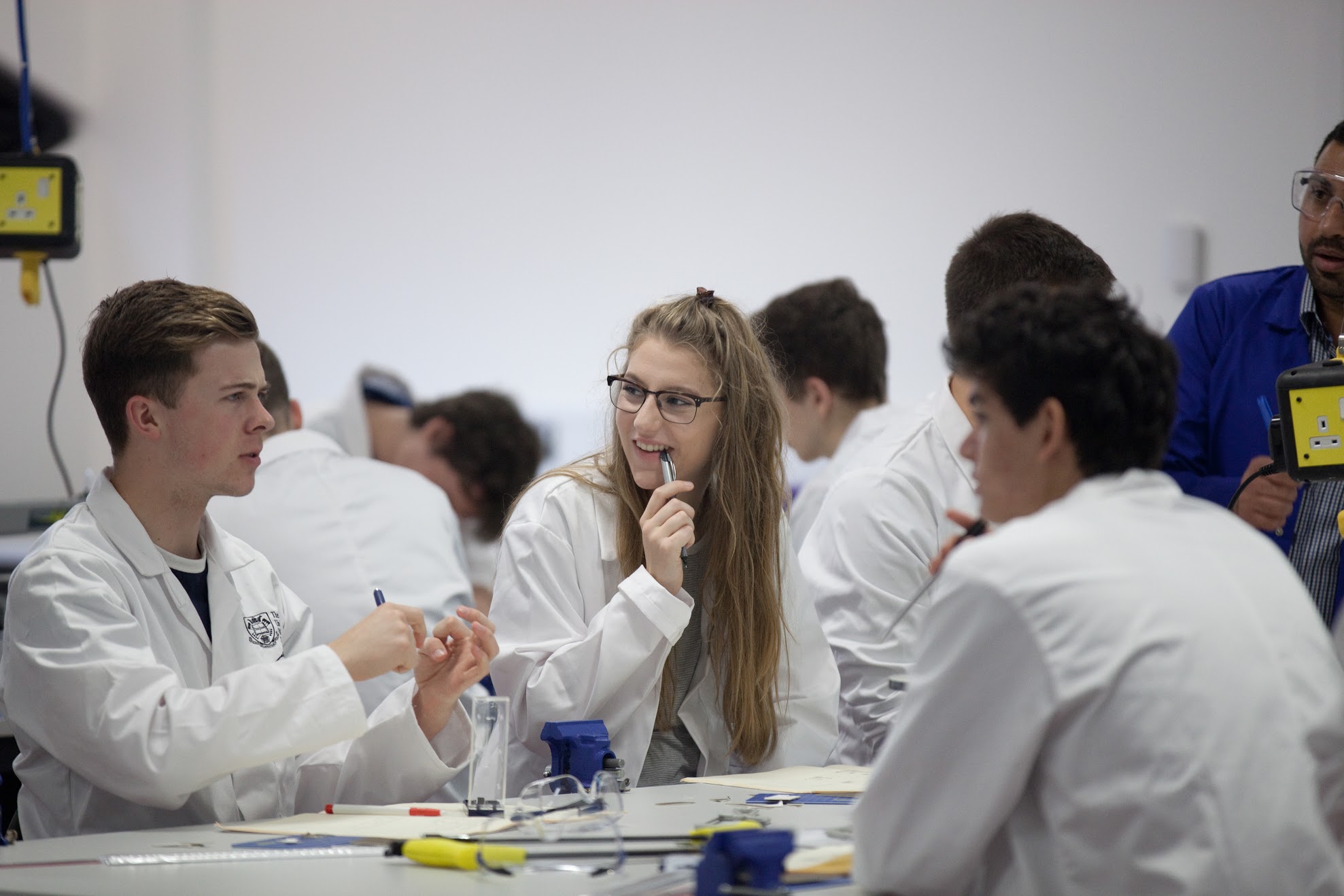
In the lab: what would you put in the introduction?
In this quiz, we’ll show you excerpts from a report. You’ll be asked to decide whether the information should go in an Introduction section - or not. Don’t be afraid to have a go - the quiz won’t count towards your overall course progress but should help you to better understand what goes in an Introduction section.
Quiz rules
- Quizzes do not count towards your course score, they are just to help you learn
- You may retake the quiz as many times as you wish to answer all the questions
- Select what you consider to be the correct answer to each question and click the "check my answers" button at the bottom of the page.
- How you did, as well as the feedback, will appear below each question.